

In January 2006, a tiny wasp was released onto a Waikato farm to kill an enemy that was devastating pastures. Ten years on, these tiny wasps have saved farmers nearly half a billion dollars. An ...
READ MORE

Farming is a way of life in New Zealand – about half the country’s land is used for primary production. New Zealand Trade and Enterprise reports that New Zealand-grown produce feeds over 40 ...
READ MORE

Plantain has been in the spotlight as scientists and farmers investigate its usefulness as pasture feed and its potential environmental benefits. Why conduct plantain research? Dr Ina Pinxterhuis ...
READ MORE
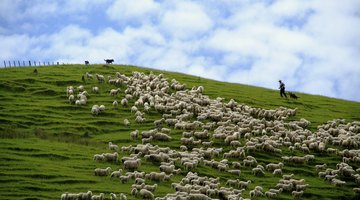
In this activity, students measure the pH of soil collected from a paddock. This will be used to estimate the amount of agricultural lime needed to promote good grass growth. By the end of this ...
READ MORE
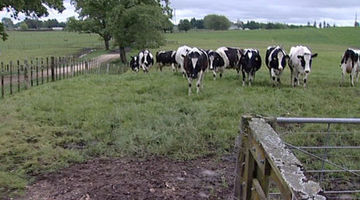
In this activity, students explore ethical issues related to farming and environmental pollution. They learn about the science involved and the range of perspectives among stakeholders. By the ...
READ MORE

Students use a three-level reading guide strategy to locate, interpret and apply the information to consider the role of research in finding easy care sheep traits. Purpose Students engage with ...
READ MORE
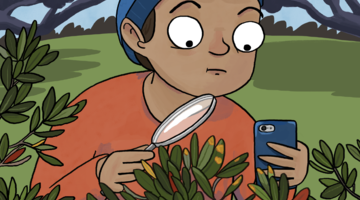
Myrtle rust is a serious biosecurity threat, and help is needed to monitor its spread. This citizen science project aims to gather information on the location, hosts and intensity of this fungal ...
READ MORE
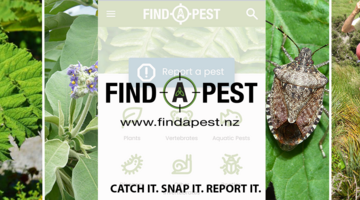
The free Find-A-Pest app makes it easy to report and identify possible pest species. Wherever you are, you can help protect Aotearoa New Zealand’s primary industries and native species in two ...
READ MORE
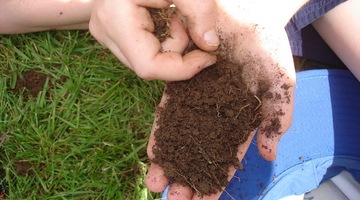
Earthworms are useful indicators of soil health. This project aims to capture information on earthworm abundance and species distribution throughout New Zealand. Information provided will be used ...
READ MORE

Introduced plant species – friend or foe? This might depend on who is answering the question. Over 25,000 exotic plants have been introduced to Aotearoa New Zealand. Some of these are highly ...
READ MORE

Students investigate silage production and test a stream to see if run-off from silage is polluting it. Students then produce a pamphlet of their findings to educate the community. Purpose To ...
READ MORE
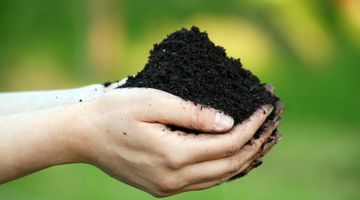
Soil – it’s much more than dirt. Soil keeps us alive. Without soil, we would be hungry, thirsty, naked, homeless and breathless. Soils differ from location to location and are a range of colours ...
READ MORE
Professor Ian Yule, Massey University, is interested in precision agriculture sensing. He has developed a number of tools for the market. Here, Ian and Massey University, Commercialisation and IP ...
READ MORE
Dr Ina Pinxterhuis and Dr Elena Minnée are scientists working at DairyNZ. In this video, they explain their interests in plantain and the variety of paths their research has taken. The video ...
READ MORE
American foulbrood (AFB) infects beehives. Detection is primarily done through observation by beekeepers and specialist experts. To find faster and more-robust methods of detection, dog trainer ...
READ MORE
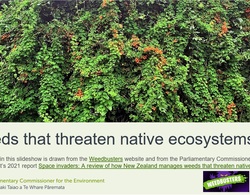
A slideshow of weeds and the adaptations that make them problematic in a New Zealand setting. Use the Slideshow menu for further options, including view full screen, and go here for the download ...
READ MORE

An interactive showing the main components of the terrestrial nitrogen cycle. Select one of the buttons to find out more. Go here to view the full transcript and copyright information.
READ MORE

This timeline explores the history and science of mammalian pest control in New Zealand. A full transcript is underneath the timeline.
READ MORE